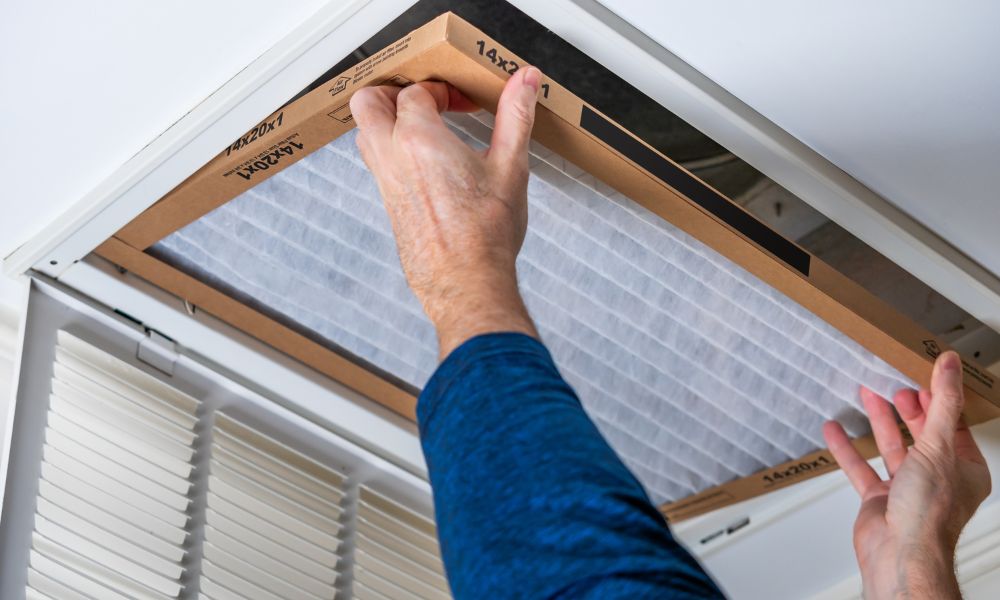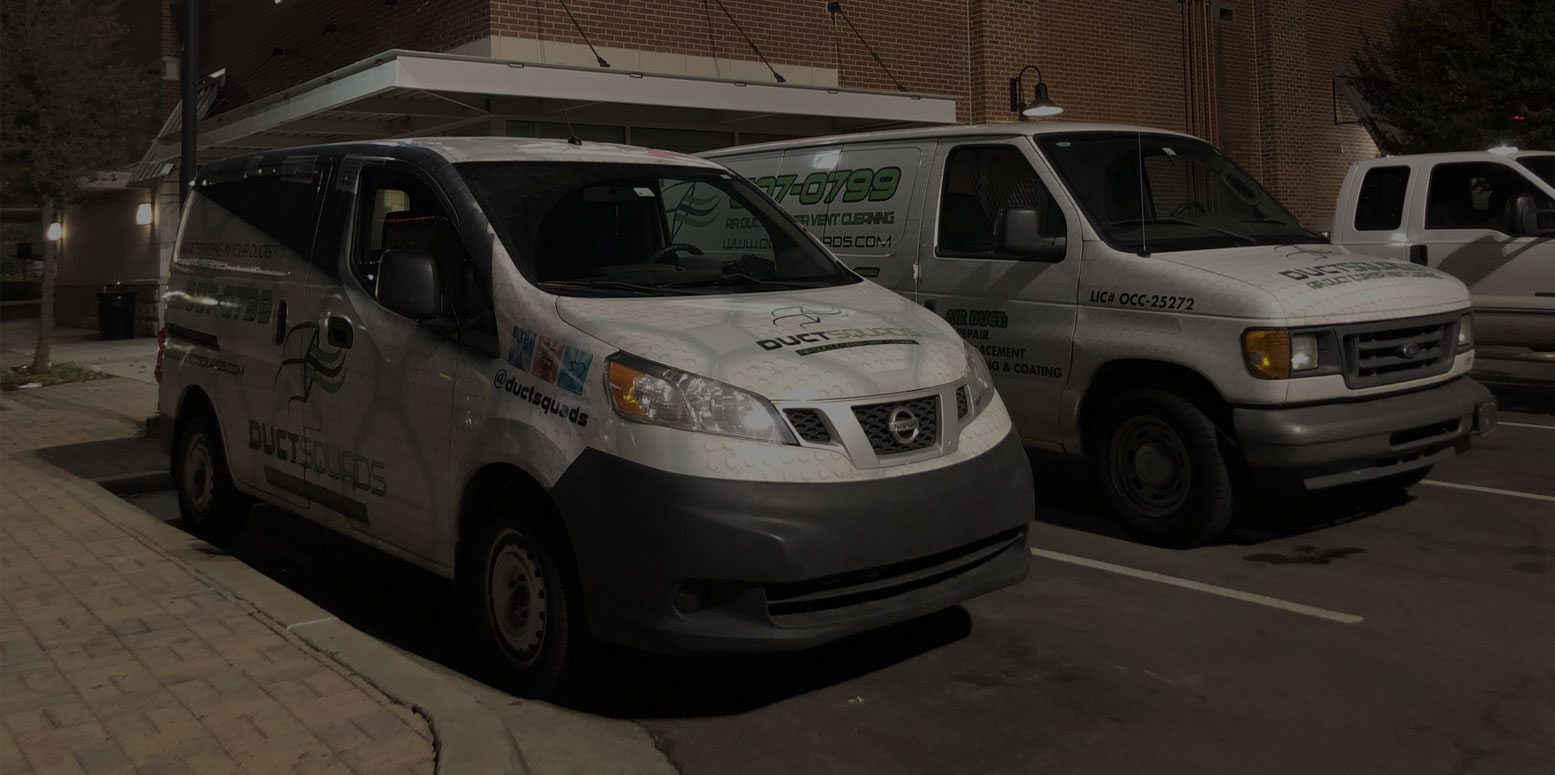
15 Nov Supply vs. Return: Tips for Identifying HVAC Vents
Have you ever wondered what those air vents in your home or apartment are for? Do you know which ones are supply vents and which ones are return vents?
Understanding the difference between these two vents can help you improve the efficiency of your heating and cooling system and save you money on your energy bills. We’ll explain how to identify supply and return vents and provide some tips for taking care of them.
Supply Vents
Supply vents distribute fresh air from an HVAC system to a room or space in order to maintain thermal comfort. Supply vents are the grates that blow air into a room; they are usually located on walls, ceilings, or floors, depending on the HVAC system’s design. You can adjust or close supply vents with a handle or a lever on the vent cover.
Return Vents
Return vents bring air back to the HVAC system for recirculation or filtration. They suck in indoor air and all its contaminants and send it to the HVAC system. Return vents are designed as grilles that suck air and are typically located in hallways, living areas, and bedrooms. They’re usually larger than supply vents, and closing them manually is impossible.
Differentiating Between the Two
One of the best ways to identify supply and return vents is to feel them. Hold your hand in front of the vent. If you feel air blowing out, it’s a supply vent. If you feel suction, it’s a return vent.
Another tip is to look for markings on the vent. Sometimes, the vent might have the words “supply” or “return” engraved on them. If markings aren’t present, locate the air filter. If you see one on the vent, then you’re looking at a return vent.
The Importance of Clean Vents
HVAC vents accumulate dust, dander, and other debris, impacting their efficiency. Dirty vents can cause HVAC systems to work harder than needed, increasing energy consumption and energy bills. Also, dust and mold buildup can cause respiratory problems. As a homeowner, you can minimize these risks by scheduling professional HVAC maintenance and air vent cleaning regularly.
Maintain Your HVAC System
You should understand your HVAC system’s functionality and how to care for your vents. Understanding the difference between HVAC vents is crucial to maintain good air quality. By following these tips, you can identify supply and return vents. Regular maintenance, such as cleaning and looking for blockages, will improve indoor air quality and prevent costly HVAC repairs.



